Bumper Collision Repair Cost: Factors and Budgeting Guide
Bumper collision repair costs fluctuate based on damage severity, part type (OEM vs aftermarket), la…….
In today’s fast-paced world, where road safety is a paramount concern, the efficient and effective management of vehicle damage, especially that caused by bumper collisions, has become a critical aspect of automotive maintenance. Bumper collision repair, as the name suggests, focuses on restoring vehicles to their pre-impact condition after a rear-end or front-end collision. This intricate process involves specialized techniques, advanced technologies, and a deep understanding of vehicle dynamics. This article aims to provide an in-depth exploration of bumper collision repair, its various facets, global implications, and future prospects. By delving into this subject, readers will gain valuable insights into the art and science behind restoring vehicles to their optimal state post-collision.
Definition: Bumper collision repair is a specialized automotive service that involves the restoration of a vehicle’s front or rear bumper after a collision. It encompasses not just physical repairs but also ensures the alignment and cosmetic perfection of the vehicle’s frontal or rear end.
Core Components:
Assessments: The process begins with thorough inspections to identify damage, including dents, cracks, and misalignments. Advanced diagnostic tools are employed to pinpoint problem areas accurately.
Removal and Replacement: Depending on the severity, bumpers may be straightened, repaired, or completely replaced. This involves skilled technicians using specialized equipment for precise disassembly and reassembly.
Paint and Finishing: A crucial step where expert painters match the vehicle’s original color and finish seamlessly, ensuring a flawless appearance upon completion.
Alignment and Testing: After repairs, advanced alignment machines ensure the bumper is correctly positioned, maintaining proper clearances for safe driving. Rigorous testing ensures the restored area meets safety standards.
Historical Context: The concept of bumper collision repair has evolved significantly over the years. Initially, bumpers served primarily as protection against minor bumps and scratches. However, with advancements in vehicle design and safety regulations, modern bumpers are designed to absorb significant impact energy while minimizing damage to the vehicle’s structure. The need for specialized repair techniques emerged as more complex collisions became common, leading to the development of advanced tools and training programs dedicated to this field.
Significance: Bumper collision repair plays a vital role in several aspects:
Safety: Restored bumpers ensure vehicles maintain their structural integrity, enhancing safety standards, particularly during future collisions.
Vehicle Aesthetics: It restores the vehicle’s original appearance, retaining its value and market appeal.
Cost Efficiency: Early repairs can prevent more extensive damage, reducing overall repair costs for both owners and insurance companies.
Bumper collision repair is a global phenomenon, but regional variations exist due to differences in vehicle types, driving cultures, and regulatory frameworks.
| Region | Key Trends | Unique Considerations |
|---|---|---|
| North America | High adoption rate of advanced repair techniques; focus on precision and customer satisfaction. | Strict safety standards, especially for lightweight vehicles like SUVs and sedans. |
| Europe | Emphasis on eco-friendly materials and processes; use of robotic automation in paint shops. | Diverse vehicle models, including compact city cars and luxury sedans, necessitating versatile repair solutions. |
| Asia Pacific | Rapidly growing market with a surge in vehicle ownership; cost-effective repairs are a priority. | Unique design preferences and climate conditions that impact bumper durability. |
| Latin America | Increasing awareness of proper collision repair; training programs gain traction. | Vehicle age and condition vary widely, posing challenges for consistent repair quality. |
Technological innovations have revolutionized bumper collision repair, improving efficiency, accuracy, and sustainability.
Computer-Aided Design (CAD): CAD software enables precise measurements and design adjustments, ensuring perfect fitment of new bumpers.
Robotic Automation: Robotic arms assist in welding, painting, and assembly, reducing labor costs and increasing consistency.
Advanced Materials: New materials like composite plastics offer lightweight options, improving fuel efficiency while maintaining durability.
Digital Imaging: High-resolution cameras and 3D scanning technology capture detailed vehicle data for accurate repairs.
Governing bodies worldwide have implemented regulations to ensure safety and quality in bumper collision repair:
Safety Standards: Organizations like NHTSA (National Highway Traffic Safety Administration) and Euro NCAP set minimum criteria for vehicle safety, including bumper performance during collisions.
Welding and Painting Regulations: Strict guidelines govern the use of specific welding techniques and paints to ensure environmental compliance and high-quality finishes.
Training Mandates: Many countries require technicians to undergo specialized training to gain certifications, ensuring competent repair practices.
Despite its advancements, bumper collision repair faces several challenges:
Skill Shortage: The demand for skilled technicians often outstrips supply, leading to concerns about repair quality.
Costly Repairs: For complex collisions, repairs can be expensive, causing financial strain on owners and insurance providers.
Environmental Impact: Traditional painting processes emit volatile organic compounds (VOCs), raising environmental concerns.
Solutions and Strategies:
Training Initiatives: Governments and industry bodies should collaborate to develop comprehensive training programs, addressing the skill gap.
Efficient Process Design: Shops can optimize workflows to reduce repair times and costs while maintaining quality.
Eco-Friendly Technologies: Adoption of water-based paints, vacuum coating, and advanced waste management systems minimizes environmental impact.
Challenge: A Japanese collision repair center faced the task of repairing a high volume of vehicles with minor bumper damage after a series of fender benders in a bustling city.
Solution: They implemented a streamlined process using robotic welding and automated paint systems, reducing repair time by 30%. A digital inventory management system ensured efficient parts sourcing.
Outcome: The center reported increased customer satisfaction due to faster turnaround times and consistent quality. This success led to partnerships with local car dealerships, expanding their services.
Objective: A German auto body shop aimed to reduce its environmental footprint while maintaining high repair standards.
Strategy: They invested in water-based painting technology, energy-efficient lighting, and a closed-loop paint waste management system.
Results: The shop achieved a 20% reduction in VOC emissions and received industry recognition for sustainable practices. This approach also attracted eco-conscious customers, enhancing their market position.
The future of bumper collision repair is filled with exciting possibilities:
Digital Transformation: Advanced digital tools, including AI and AR, will further enhance precision repairs and training. Virtual reality simulations can train technicians in diverse scenarios.
Lightweight Materials: The demand for lightweight, high-strength materials like carbon fiber composites will grow, reducing vehicle weight and improving fuel efficiency.
Autonomous Repair Robots: Fully autonomous robots could become common, handling simple tasks like dent removal and basic painting.
Global Standardization: Efforts to harmonize repair standards globally may gain momentum, ensuring consistent quality across borders.
Bumper collision repair is a dynamic field that continues to evolve with technological advancements and changing global trends. From its technical intricacies to its economic and environmental implications, this process plays a critical role in the automotive industry. As vehicles become more sophisticated and safety standards rise, bumper collision repair technicians will remain at the forefront of ensuring vehicle safety and aesthetics. The future holds immense potential for innovation, with digital transformation leading the way towards faster, smarter, and more sustainable collision repair practices.
Q1: How do I know if my bumper needs professional repair?
A1: If your bumper is dented, cracked, or misaligned following a collision, it’s advisable to seek professional repair. Even minor damage can compromise vehicle safety and resale value.
Q2: What can be done about bumper rust?
A2: Bumper rust repair involves removing the damaged area, cleaning the surface, and applying protective coatings. Professional restoration is recommended for severe cases.
Q3: Are there eco-friendly options for bumper replacement?
A3: Yes, many manufacturers now offer bumpers made from recycled materials or biodegradable plastics. These options minimize environmental impact while maintaining durability.
Q4: How long does bumper collision repair typically take?
A4: Repair times vary depending on the severity of damage. Simple repairs might take a few hours, while complex ones could span several days.
Q5: Can I perform bumper collision repair at home?
A5: While basic dent removal and minor repairs are possible for experienced individuals, professional training is recommended for ensuring safety and achieving factory-like results.
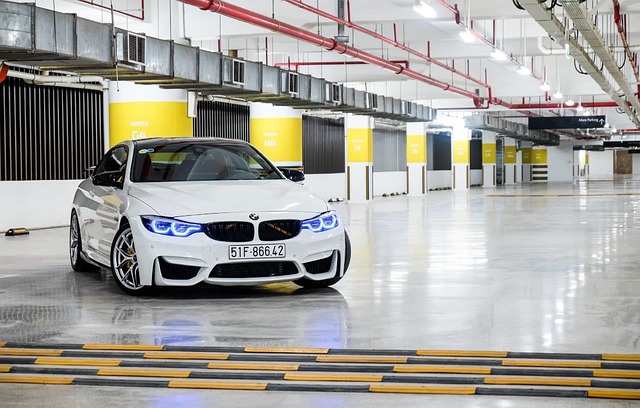
Bumper collision repair costs fluctuate based on damage severity, part type (OEM vs aftermarket), la…….
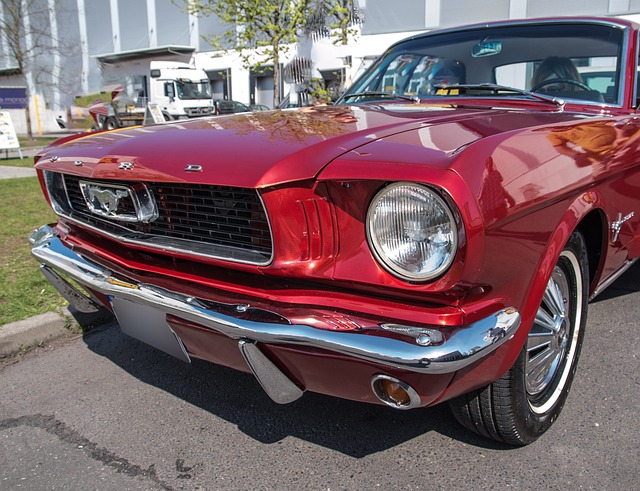
Proper bumper collision repair is vital for both safety and aesthetics after a vehicle accident. Ski…….
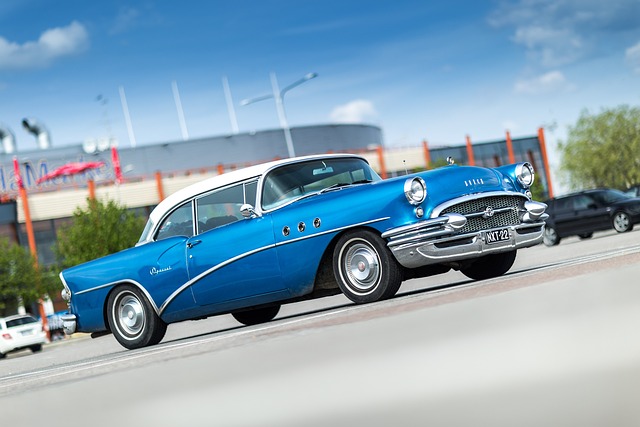
Bumper collision repair services utilize advanced techniques, tools, and precision instruments to ex…….

Bumper collision repair is a crucial yet often overlooked aspect of vehicle maintenance, vital for s…….

Bumper collision repair is a specialized service addressing front or rear bumper damage, ranging fro…….
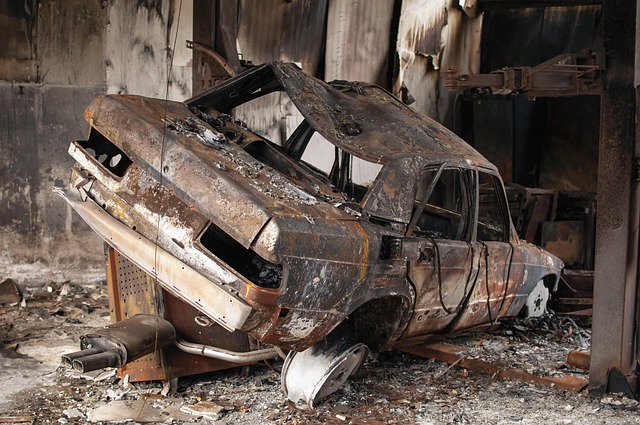
Proper bumper collision repair goes beyond aesthetics, ensuring vehicle safety and structural integr…….
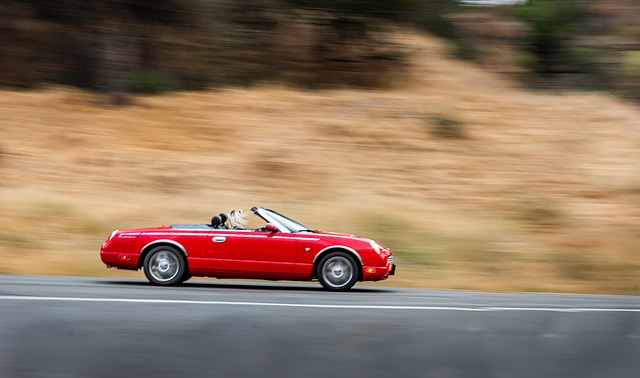
Bumper Collision Repair: Immediately assess physical damage indicators like dents, scratches, or mis…….

Bumper collision repair is a specialized service fixing dents, cracks, and paint damage from minor a…….
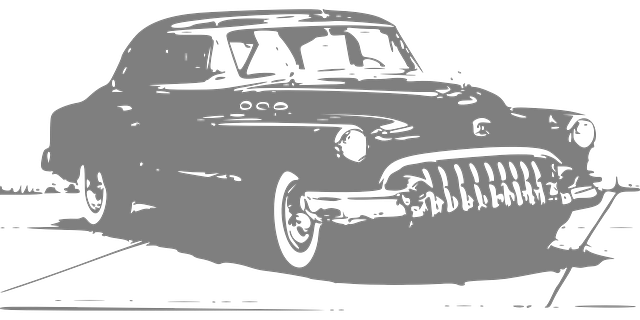
Bumper collision repair is a specialized service for restoring vehicle safety and aesthetics after i…….